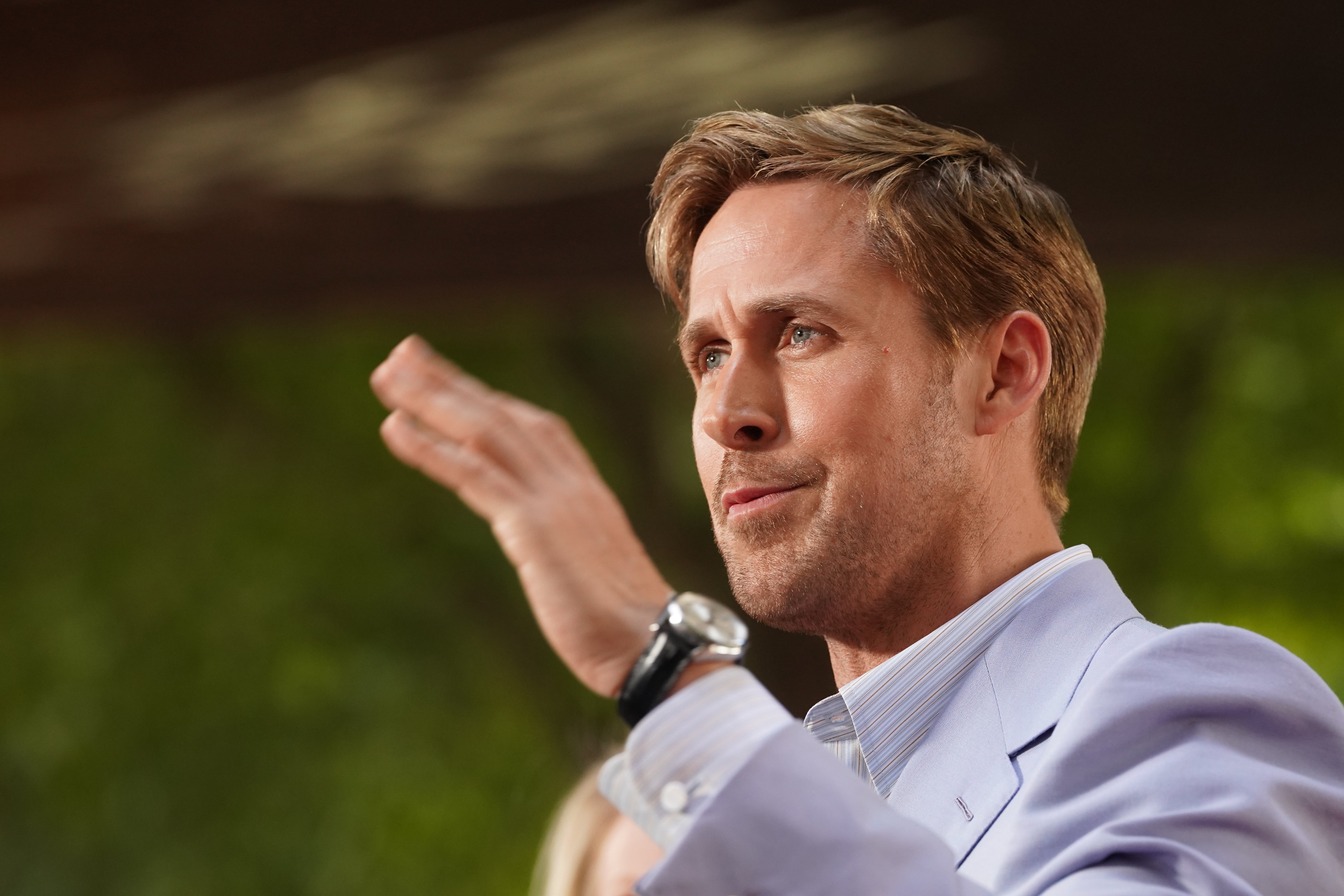Netflix’s Gray Man demonstrates the problem with trying to create a franchise
The streamer’s criticial and commercial hits have come from some surprising places. It needs to give its creators space and take risks but, James Moore asks, will Wall Street allow it to do this?


The critics’ verdicts on Netflix’s The Gray Man are in and… oof.
A 50 per cent Rotten Tomatoes rating and a similar 51 from Metacritic could have been worse. But festering in what the latter describes as “mixed or average” territory is not what the troubled streamer will have been hoping for, given the film’s budget and its all-star cast led by Ryan Gosling and Chris Evans.
True, it is the verdict of the audience that counts. Movie critics’ views are often wildly out of step with those of everyday viewers. Netflix’s top tens quite often feature films adjudged to be turkeys by professional critics. The Underworld series – now available to subscribers – might be a two-star franchise, but that hasn’t stopped it from producing a string of reliably profitable outings.
But the reaction to The Gray Man doesn’t bode well for this attempt at producing a big-ticket “franchise” capable of engendering multiple sequels and spin-offs that draw in subscribers. People do look at aggregators. Some will see the numbers and decide that it isn’t worth ponying up a subscription for.
On the subscription front, Netflix’s recent update was quite as bad as had been feared. The streamer lost around a million, which is nasty. But given that it had forecast twice as many departures, it almost counts as a win.
One possible reason? The bravura fourth season of Stranger Things. Now that’s a franchise. A bona fide super hit. It has produced spin-offs including comics, games, novels and a rash of merchandise. Primark’s Hellfire Club T-shirts – modelled on those worn by members of the Dungeons & Dragons club that gives its name to the season’s first episode – sold out and then appeared in the upside down of eBay for 10 times the price. Sometimes more.
Small wonder that a spin-off is in development, with only one more season to come of the core show.
Thing is, Stranger Things was no slam dunk at its outset. Its creators, the Duffer brothers, revealed that they had received 15 to 20 rejections before it was picked up by Netflix, which couldn’t have predicted the scale of the hit it had on its hands.
Ditto Squid Game, another surprise global smash, featuring the subtitles English-speaking audiences have previously proved resistant to, although films like Bong Joon-Ho’s Parasite have helped people clear what its director correctly described as that “one-inch tall” barrier.
It is worth recalling that George Lucas struggled to get the grandaddy of them all, Star Wars, made. Now one of Disney’s embarrassment of riches, he ultimately had to accept a lower budget than he had wanted from Fox to get it beyond the development phase and into production. No one in the biz saw it as the monster it became. Budgets aren’t the problem for those involved with that property, and its many Disney Plus spin-offs, today.
Throwing money at something in the hopes of creating a mega-hit from a standing start is a dangerous game to be playing. But so is throwing out show after ordinary show – something else Netflix has been guilty of.
Far better to take risks and give creators some headroom, as it did with Stranger Things.
Having a little patience doesn’t hurt. Netflix has more of the latter than the big US networks, it is true. But it has done away with cult shows such as Glow, Sense8, and especially The OA, far too early.
Clearly, the numbers disappointed the streamer’s executives, otherwise they would still be with us. But these are the sort of properties that draw in a loyal fanbase, which can be relied upon to keep coming back for as long as their beloved show keeps coming back. They can equally be angered by early cancellations, especially if (as inevitably happens) they are left on a cliffhanger. From that perspective, giving Sense8 a wrap-up special was smart.
Not for nothing has Netflix’s output been compared unfavourably with that of Apple TV Plus, which costs a lot less to subscribe to once the free period with your device has come to an end.
However, Apple TV Plus is more of an “add-on” than a primary subscription. Its parent also has money to burn. Apple can afford to give its streamer and its properties as much time as they need. It can take as many risks as it wants to take.
Netflix’s latest update may have afforded it a little breathing space on Wall Street. But patience is not something they’re renowned for on the street of dreams, and investors have been losing faith.
The group’s executives may very well feel that they don’t have the time or the space to adopt something more like the Apple model. They need to find answers quickly. Even if The Gray Man defies the critics and leads to a series of subscriber-boosting films, that rarely ends well.






Join our commenting forum
Join thought-provoking conversations, follow other Independent readers and see their replies
Comments